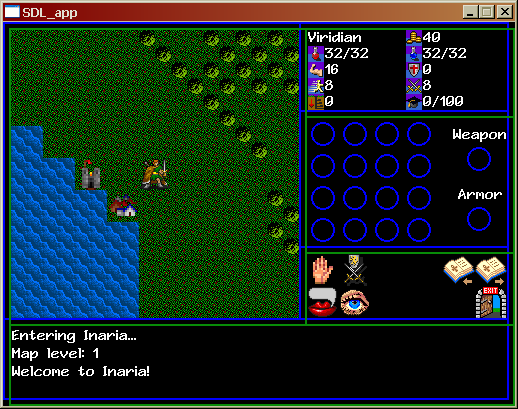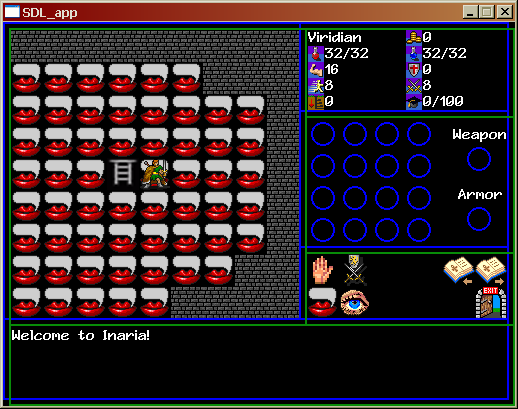Last night I was driving home from work. I was pulling up behind a van at a red light when something caught my eye. I realized that the van had an onboard DVD player. Cute.
Then, despite the very bad lighting and small size of the screen, I realized that the DVD player was playing Blue’s Clues.
Then, to my horror, I actually recognized which episode it was playing.
I have a limited number of brain cells, and some of them are busily engaged in making sure I can recognize when Steve is singing “Heads, Shoulders, Knees and Toes”. Good grief.


